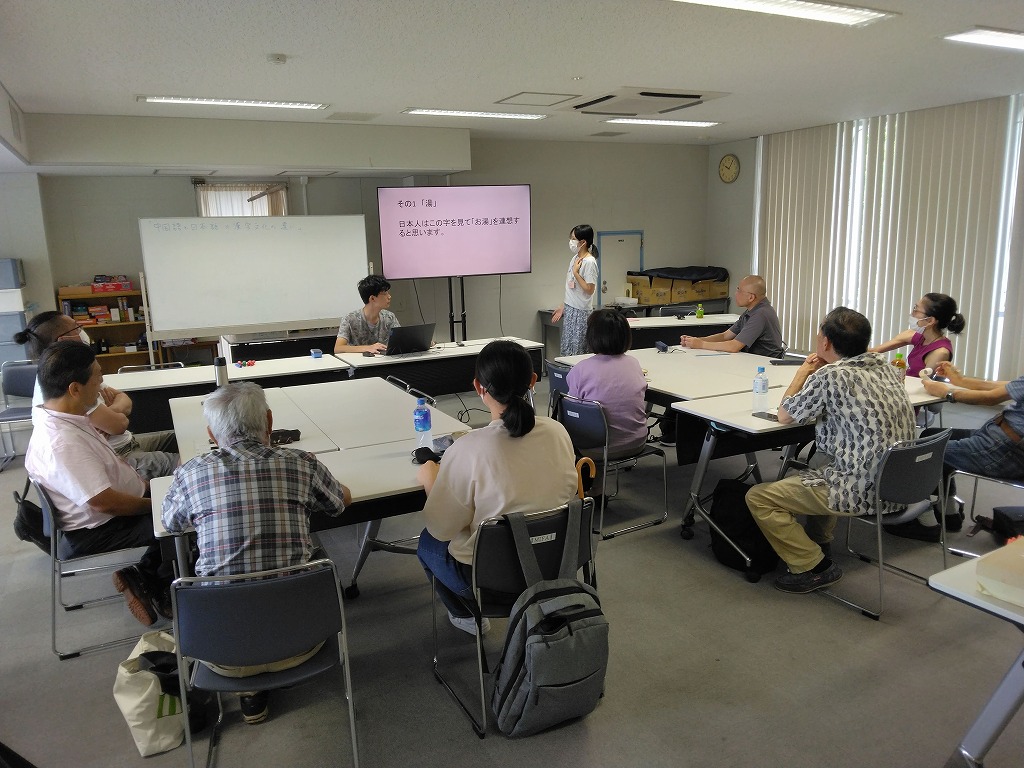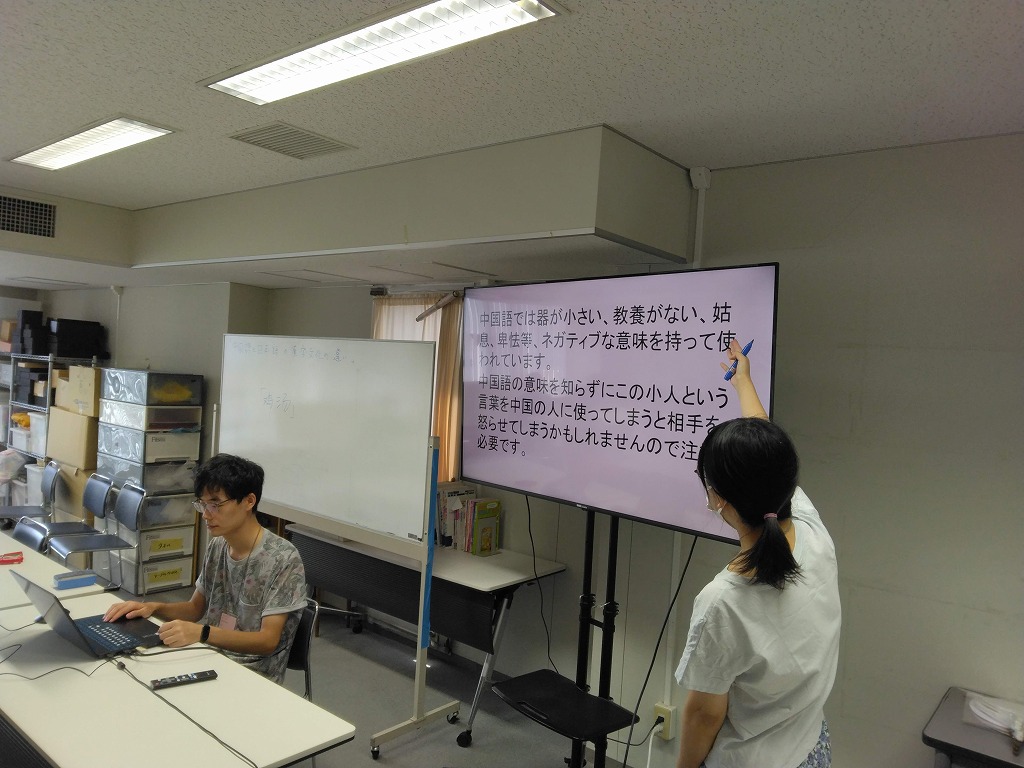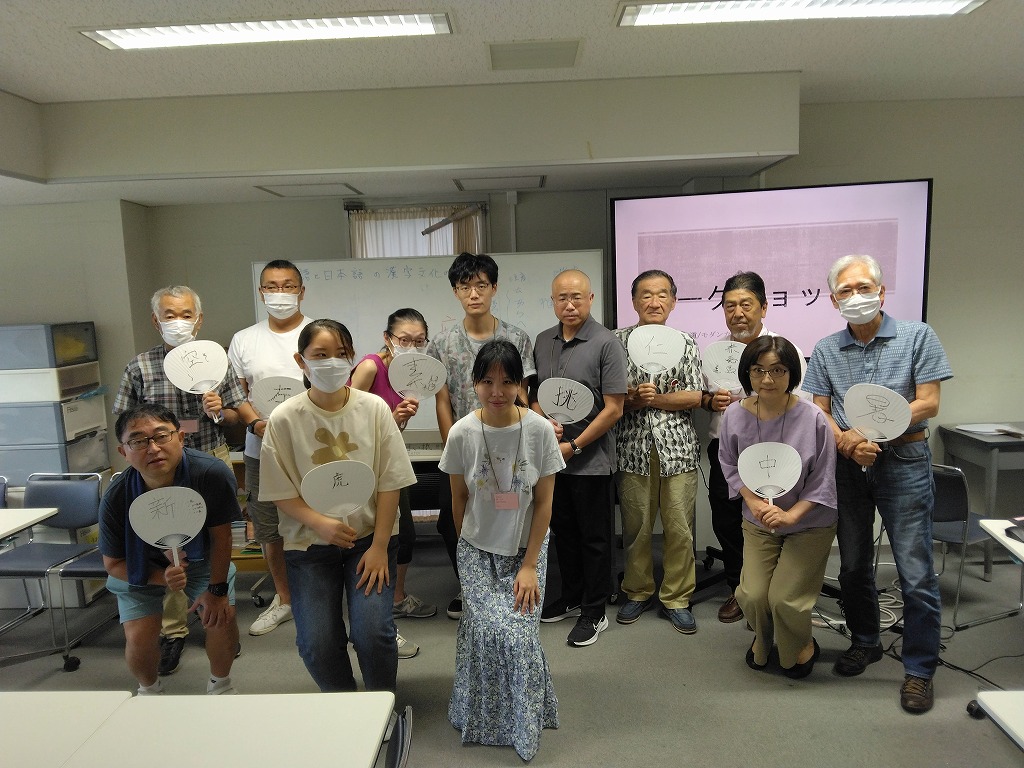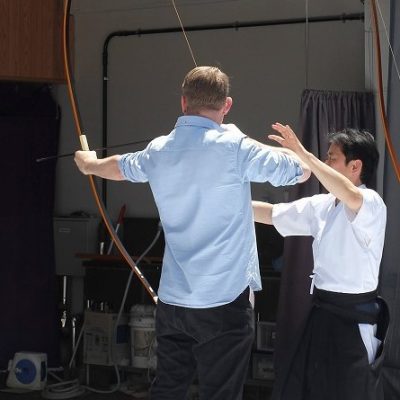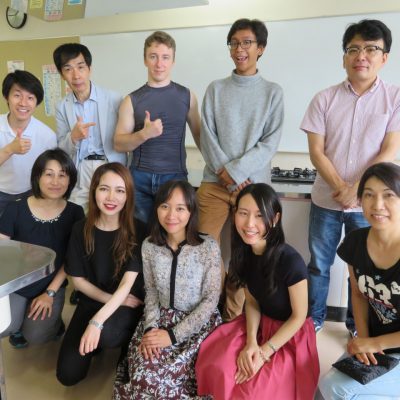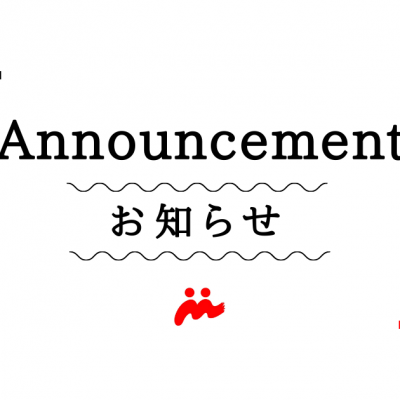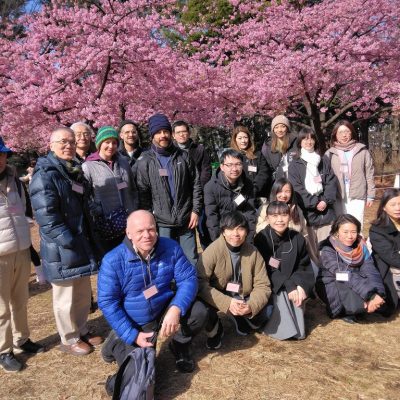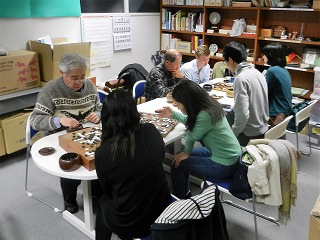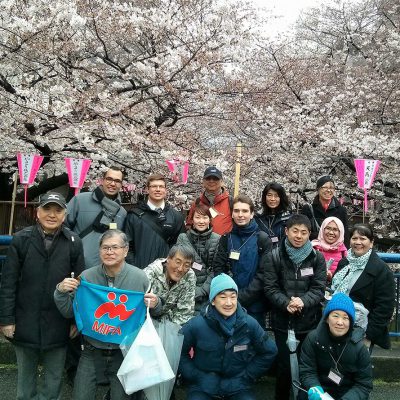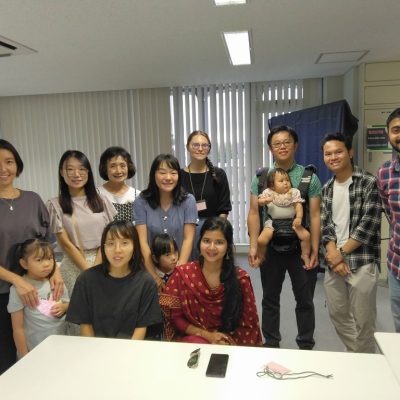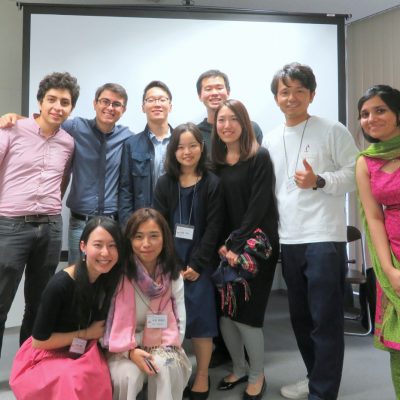Date and time: Sunday, August 18, 2024, 10:00-12:30
Location: Meguro International Association (5F, Meguro City Office Annex,
2-19-15 Kamimeguro, Meguro-ku)
Purpose: Why is it difficult for Japanese and Chinese to communicate with each other despite the shared culture of using Chinese characters? This course will deepen understanding between the two languages by learning about the differences between their cultures of using Chinese characters, and help improve mutual communication.
Lecturer: Presenter: Liu Yundi Facilitator: Xiong Yuang
Particiants: 13 in total (China*3 Japan*10)※including the above.
1. Differences in Chinese character culture between Chinese and Japanese
(1) Kanji Japanese Kanji/Chinese Kanji (Simplified)/Chinese Kanji (Traditional)
(2) Vocabulary – Although the kanji are the same as in Japanese, the meanings are different – Chinese equivalents of katakana words
(3) Pronunciation – In Japanese, there is always one vowel per syllable. In Chinese, some syllables have more than two. – In Japanese, both consonants and vowels are pronounced short. In Chinese, vowels are pronounced longer. – In Chinese, there are five types of tones, and even the same syllable (consonant + vowel) can have a different meaning depending on whether the tone rises or falls.
(4) Grammar – In Japanese, it is “subject (S) → object (O) → verb (V)”, while in Chinese, it is “subject (S) → verb (V) → object (O)” – In Japanese, “negation expressions” are placed after the verb (adjective). In Chinese, they are placed before it. ・In Japanese, auxiliary verbs are placed after the verb, while in Chinese they are placed before the verb.
2. Introduction to modern Chinese and Japanese calligraphy (workshop)
Participants:
- Home
- Event, student exchange 2023-
- 【Report】Comparative Culture Lecture “Difference of Chinese Character Culture between Chinese and Japanese”

 Twitter
Twitter Facebook
Facebook Instagram
Instagram